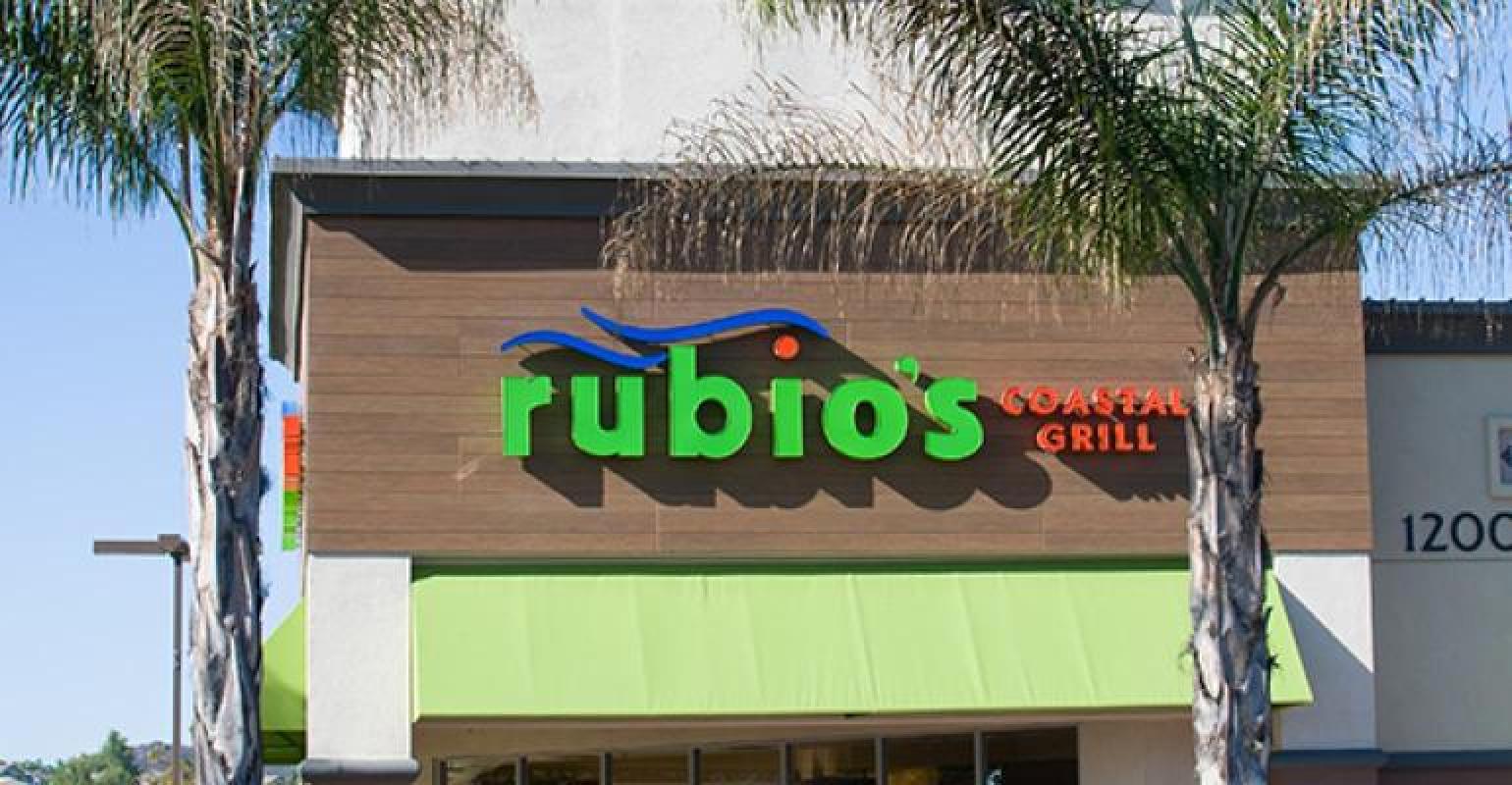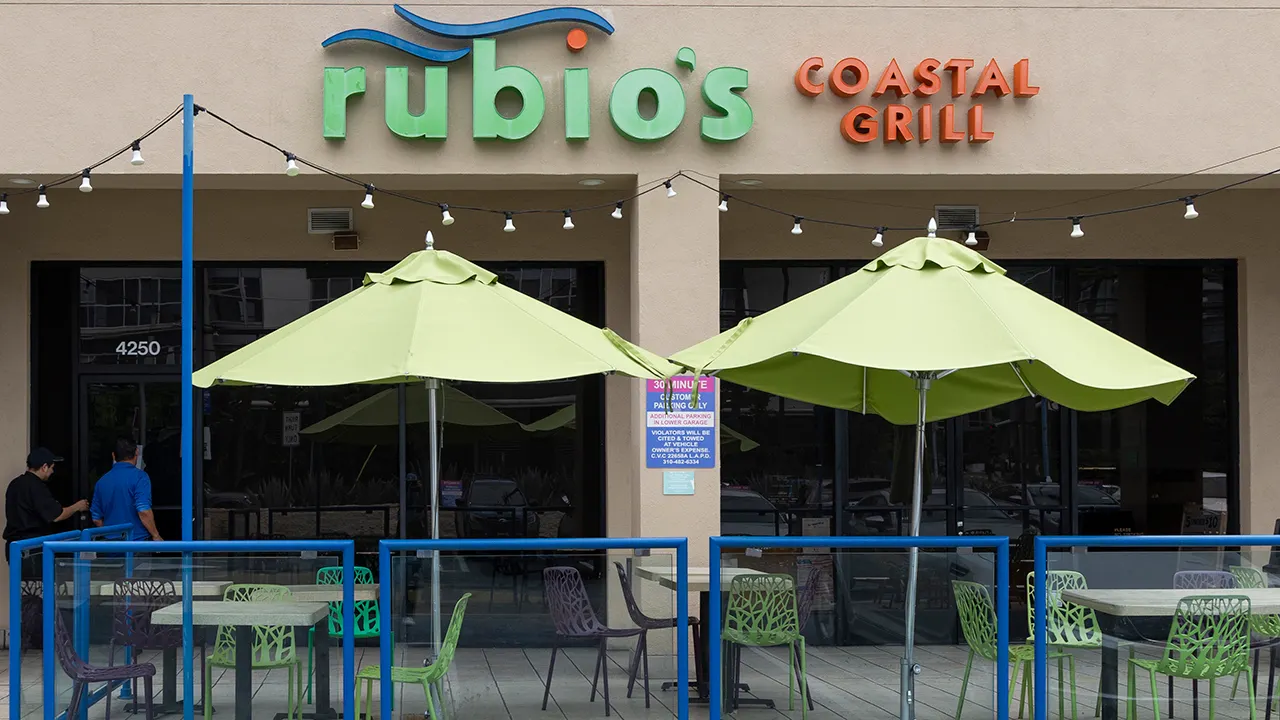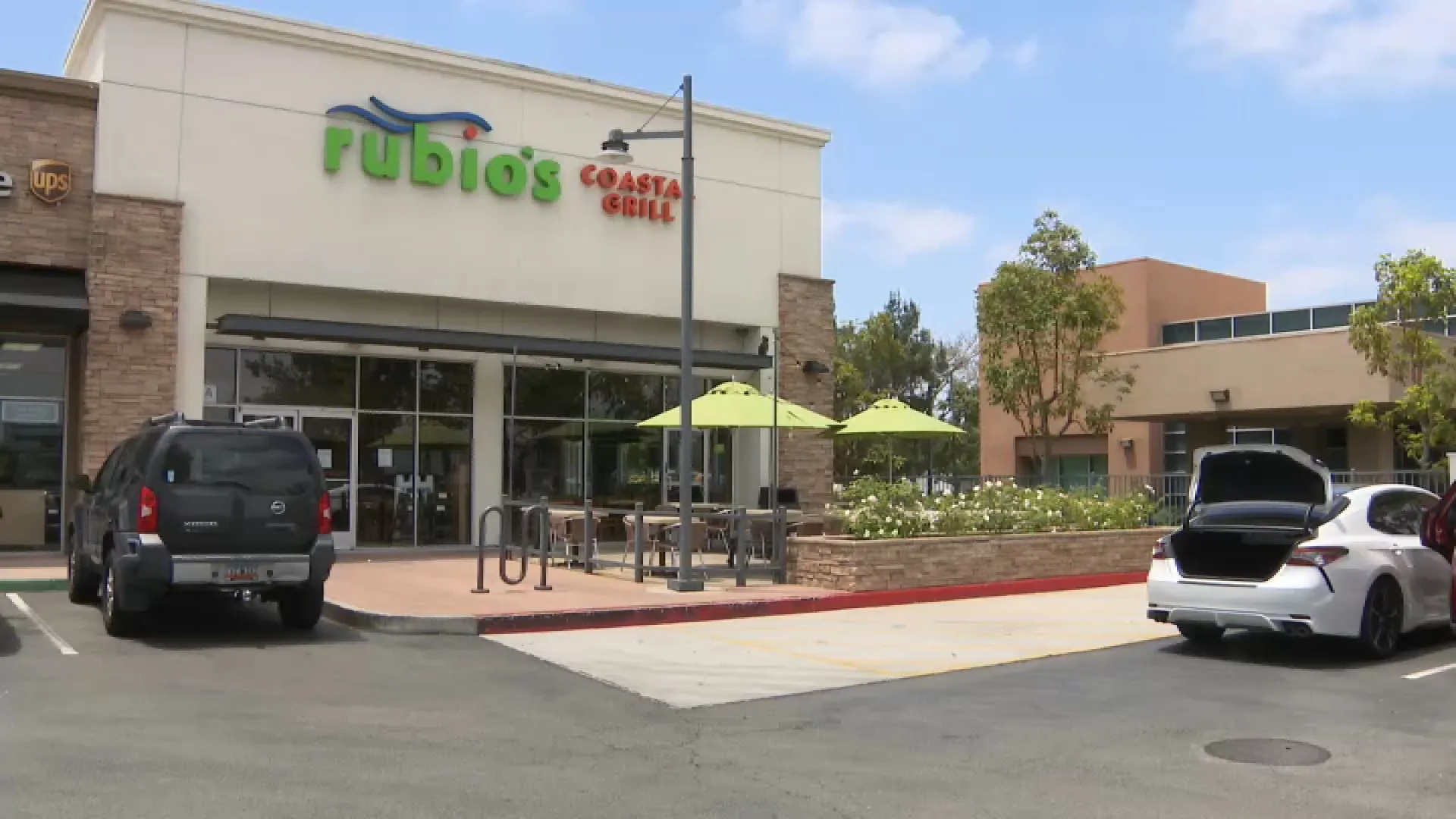Rubio’s Coastal Grill, a beloved name in the fast-casual dining scene, particularly known for its vibrant Mexican cuisine across California, Arizona, and Nevada, has recently declared Chapter 11 bankruptcy. This decision marks a significant shift in the restaurant’s 41-year legacy, affecting its 86 active locations.
Despite the chain’s strong presence and loyal customer base, the recent years have not been kind to Rubio, leading up to this drastic step earlier this week.

A Struggle Against Economic Hardships
The reasons behind the restaurant’s financial distress are multilayered. According to Nicholas Rubin, the chief restructuring officer, the restaurant company has been grappling with decreased in-store traffic, a direct aftermath of the persistent work-from-home trends.
Furthermore, escalating food and utility costs coupled with significant hikes in minimum wage standards in California have severely impacted the operational costs of the chain. Despite the Company’s best efforts to right-size the company, the continued challenging economic conditions have negatively impacted its ability to meet the demands of its debt burden.
The statement highlighted the pressing need for a restructured approach, pushing Rubio towards a court-supervised sale process aimed at revitalizing the brand for future success.

Navigating Through Choppy Waters: Store Closures and Sale Process
Just days before the bankruptcy announcement, Rubio’s made a painful decision to shutter 48 of its underperforming stores across California, including notable locations in San Diego, Los Angeles, and Northern California regions.
This move, described by the company as a “necessary step in our strategic long-term plan,” reflects the tough choices businesses must make to stay afloat in today’s competitive market. The process of selling the business is expected to be swift, with hopes to finalize within 75 days.
Rubio aims to use this opportunity to restructure effectively, ensuring the brand can continue to thrive and grow. The anticipated sale is seen as a beacon of hope for the chain, potentially ushering in a new era of stability and growth.
Financial Dilemma: A Look at the Numbers
The scale of Rubio’s financial woes is substantial, with estimated assets ranging between $10 million and $50 million against liabilities estimated between $100 million and $500 million. These figures reflect the severe financial strain under which Rubio has been operating, necessitating the recent drastic measures.

What Lies Ahead for Rubio’s Coastal Grill?
The road ahead for Rubio’s Coastal Grill is fraught with challenges yet offers a glimmer of opportunity for renewal. As the brand navigates through bankruptcy proceedings and seeks new ownership, the support of its community and the strategic vision of its leaders will be crucial.
The story of Rubio, with its rich history and dedicated following, is far from over, and the next chapters will be pivotal in defining its trajectory in the competitive landscape of fast-casual dining.









